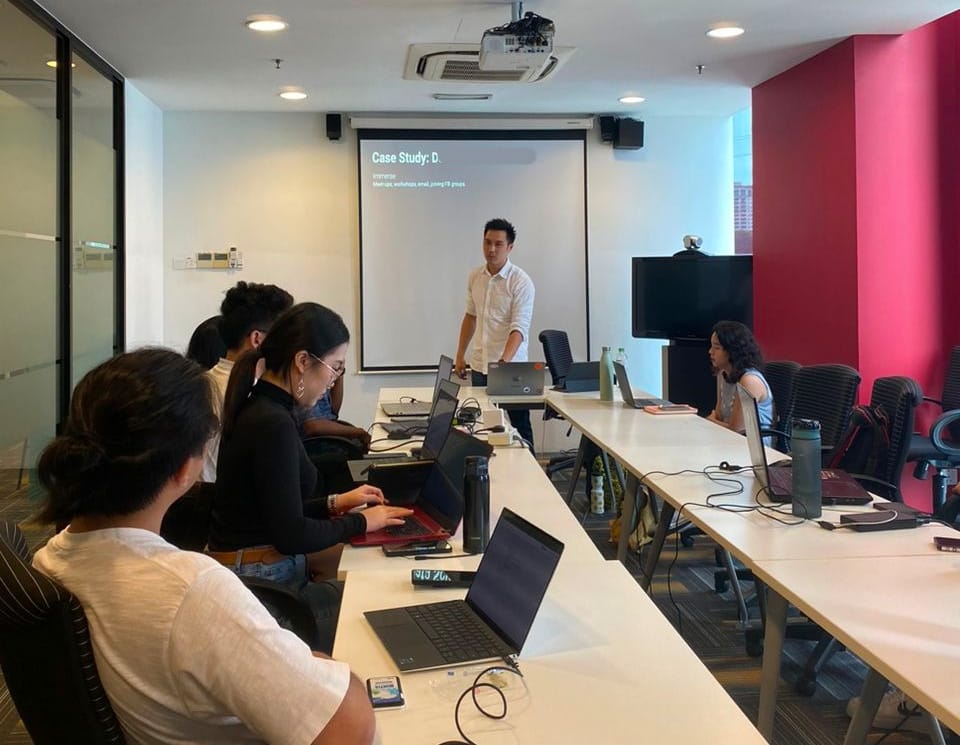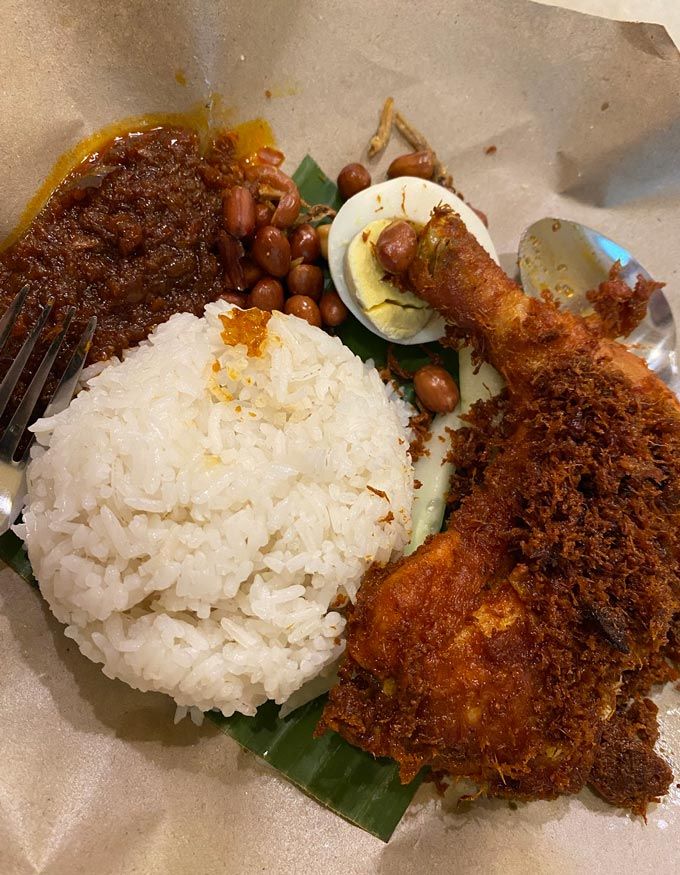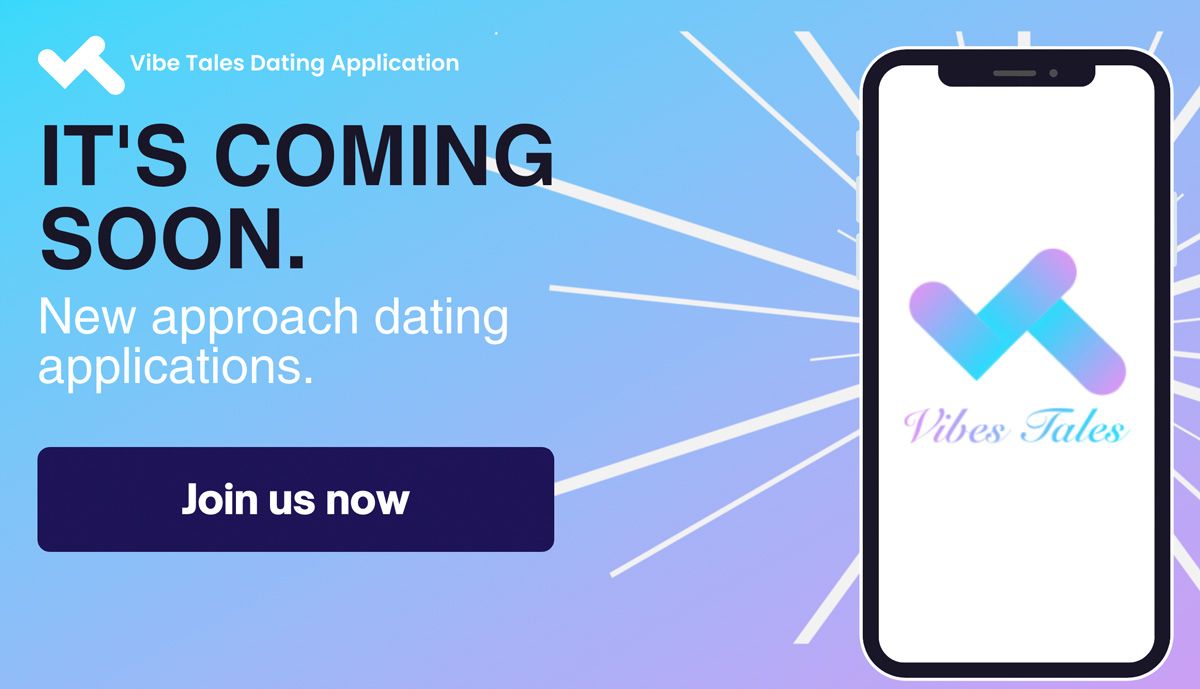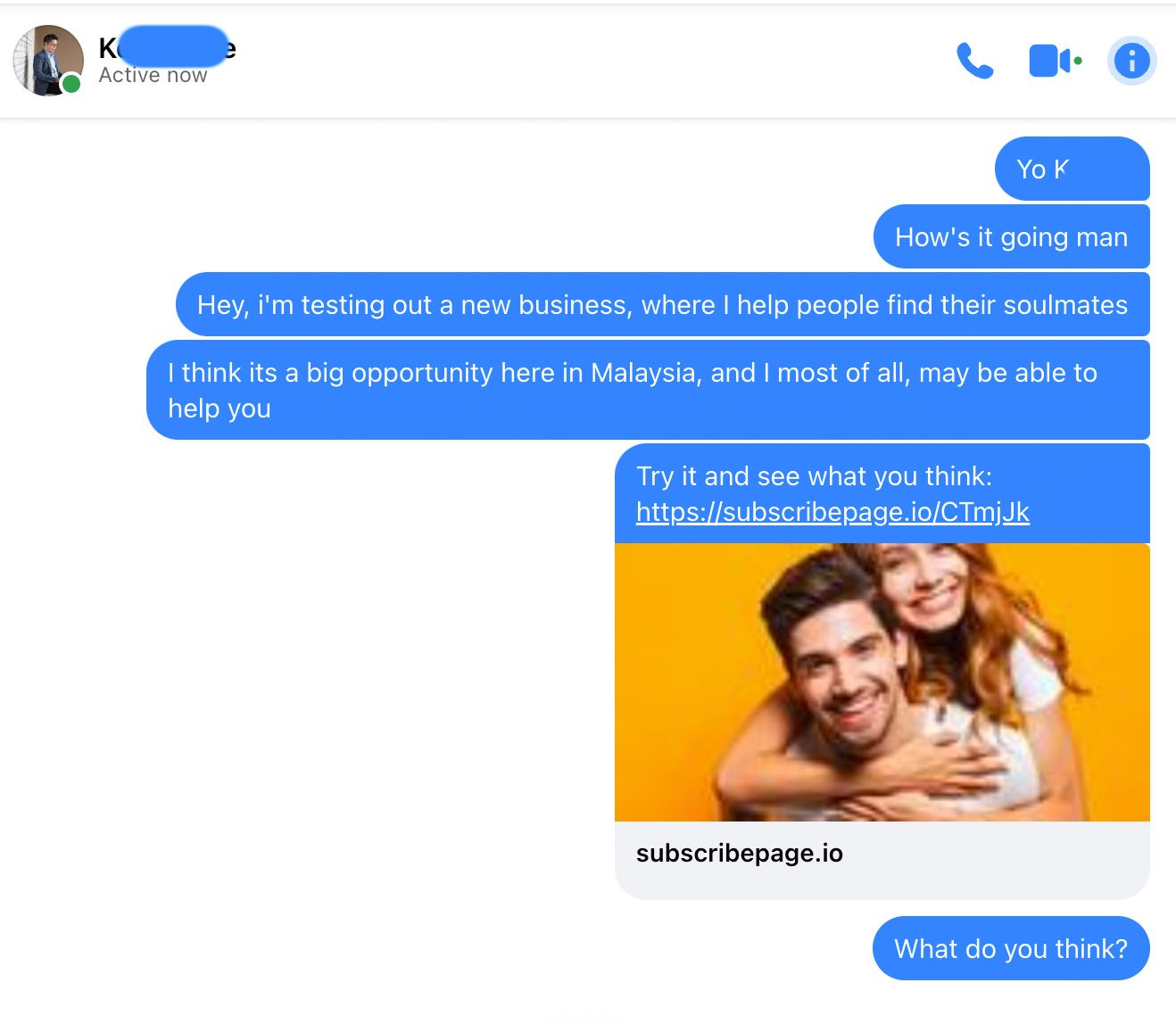Why your products are not selling. And what to do
It's usually not because you have bad marketing.

I was having lunch at Village Park – yes, that place with crazy a LOT of people, when a question came across my mind.

If you opened a nasi lemak restaurant in another country, say Thailand – what would be the #1 thing you'd want for your nasi lemak restaurant to be successful?
Better furniture? Better environment? Partner with all the delivery services? Better sambal?
Those things are important. But will any of them ensure success?
What's more important if you're going to open a nasi lemak restaurant or any successful business – is that you need a hungry crowd.
You need a crowd that WANTS what you're selling and is WILLING to pay for it.
Simple right?
Yet entrepreneurs forget this when they start a business. They get caught up with their crazy ideas and never stop to find out if people actually want their product. They take no feedback from customers, then wonder why nobody buys their stuff.
Typical, isn't it?
A big part of launching a successful product is to do proper customer research. Let's go through the process of doing proper research and how to create a good offer. But first, let's address some mistakes that startups usually make.
3 mistakes people make after finding a business idea.
What makes businesses flop?
Most of the time, it's not bad marketing. It's these 3 things.
1. They think everyone is like them.
I love stone painting. I'm going to build a school to teach people how to paint on stones. I'll be filthy rich!
2. They tried making a product for everyone.
When you buy hair spray, do you buy a general do-it-all hairspray, or do you buy one that's gender-specific to you? Why are there so many types of hairsprays in the market – even if all they do is stick hair together?
3. They see nobody working on their idea.
And thought that it was a good thing. No competition in the market sometimes means no market demand.
How to do proper customer research.
Most startups build their business and market without fully understanding what the customer wants. They read that there are 1.5 million SMEs in Malaysia – and decide they have a hot healthy market.
Reading forums and online comments isn't enough. You've to go deeper.
Here's how we recently conducted customer research, during a go-t0-market workshop:
Product: New dating app, designed to help users find a date.

Untested, with no customers – what would most startups do? Work on the product. Run ads! Raise funds!
But we don't have to get fancy.
1. First, manually approach 3-5 potential customers.
Most entrepreneurs feel uncomfortable directly messaging people. They are afraid of getting rejected and ridiculed.
But at some point, you have to approach people and get them to take action.
So, we went on Facebook and DM-ed a few people who we thought might be potential customers. Take a look below:

Be straightforward. And ask for feedback. It's important to position yourself as someone who's approaching to help, rather than to sell.
2. Immerse in your customer's problems.
The reason most startups do customer research wrong – is because they focus on their product.
- "Will you use this app?"
- "We're launching a new service. What do you think of this service."
The questions above focus on the product and disregards what the customer really wants. Here is how to ask better questions:
Step 1: Totally remove your product.
- "When did you first think about buying something like this?"
- "What options did you first consider?"
These are great questions to ask because it focuses on the customer's challenges and probe them on listing out what they've tried to solve it.
Step 2: Find the reason they had the problem.
- "What made you consider something like this? What was going on?"
- "Where did you look to solve the problem?"
- "How did you look to solve the problem?"
Go deeper to understand the context & situation of what made the customer decide to look into finding a solution. Then find out how they tried solving their problem.
In our case, as a dating app – what triggered our prospects to use a dating service? Where and how did they search for such service? Do they even considered using a dating service?
Step 3: Discover a possible solution they want.
- "What does the solution you found allow you to do?"
- "How much did you pay for it? And how you felt?"
- "What made you worry about the solution you found?"
People cannot tell you what they want. But they can tell you how they feel.
Use the answers your prospect tells you to refine your product, offer, landing page, and messaging.

Often times, people will reject your pitch. That's a good thing. Use it to learn about the reason they rejected your pitch and what they would go for instead.
Designing an offer.
After talking to a few people, you'll start discovering things.
Maybe you'll find a common theme. "Most people saying they prefer to find a date, through natural means or something."
This is when you start designing your offer.
How to create an irresistible offer.
Back when I started, I was taught to always have a Unique Selling Preposition (USP). Eventually, I learnt that having a USP isn't enough.
In fact, most businesses have the wrong idea of what a USP is.
These are not USPs:
- We offer great customer service.
- We have a fast turnaround time.
- Our product is top quality.
- We give the highest discounts in the market.
They are expectations. We expect that from any business.
The rule to making an irresistible offer is to make one that your customer cannot refuse. Make it so crazy that your customers feel stupid for missing out on the offer.
Here's a website of a local gym. Notice their offer:

Hmm... Not very attractive, right?
How can we turn it into an irresistible offer? How about these examples:
- “Look noticeable fitter in 45 days, or get free 1-year gym pass to Celebrity Fitness”
- “Lose at least 1KG in a month. Or your personal trainer sessions are free!”
We are promising a lot here. But it's more irresistible already, right? For some people, it feels stupid to pass on this opportunity.
4 factors for an irresistible offer.
- Your offer has to be specific. (Who is it for? What pain does it solve?)
- It needs a risk-reversal. (Remove the risk for your customers.)
- Provide an immediate benefit.
- Show, don't tell. (Without social proof, an offer is weak.)
Who is your offer for? A college kid or a working adult? The more specific you are, the more your message will connect.
Then, you'll need a risk reversal. A risk reversal is simply an 'insurance' for in case things don't work out for the customer. If I pay for your personal training services and don't like it, what then?
Next, provide a benefit straightaway. The longer a customer has to wait to solve their problem, the weaker your offer will be. That's why liposuction (almost immediate results) sells higher compared to a gym membership. Although it's not something I'd encourage you to do.
Lastly, show proof. If your service helps people slim down, can you show proof of other customers you've helped? The reason is people will look to the others to make sure they are making the right choice.
How'd you know if you got a strong offer?
A strong offer is usually one that will get people thinking, "Wow, how are they able to do this?" or "Are they crazy?"
Because of the busy marketplace, the only way for people to notice your business these days is if you have an offer that stands out.
To get a roundup of DailyCMO's best marketing content and important stories delivered to your inbox, 3 times a week, subscribe here.
